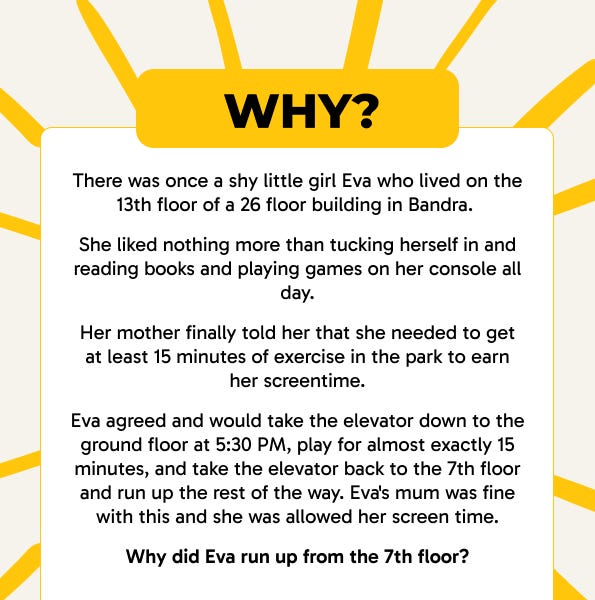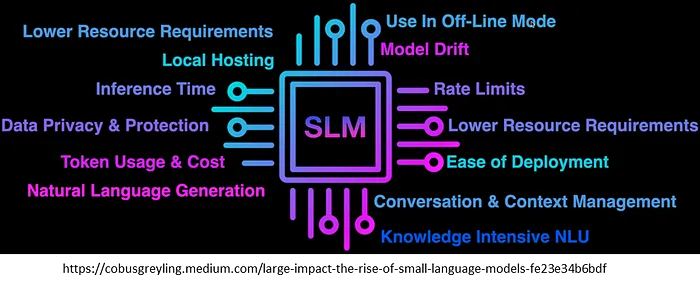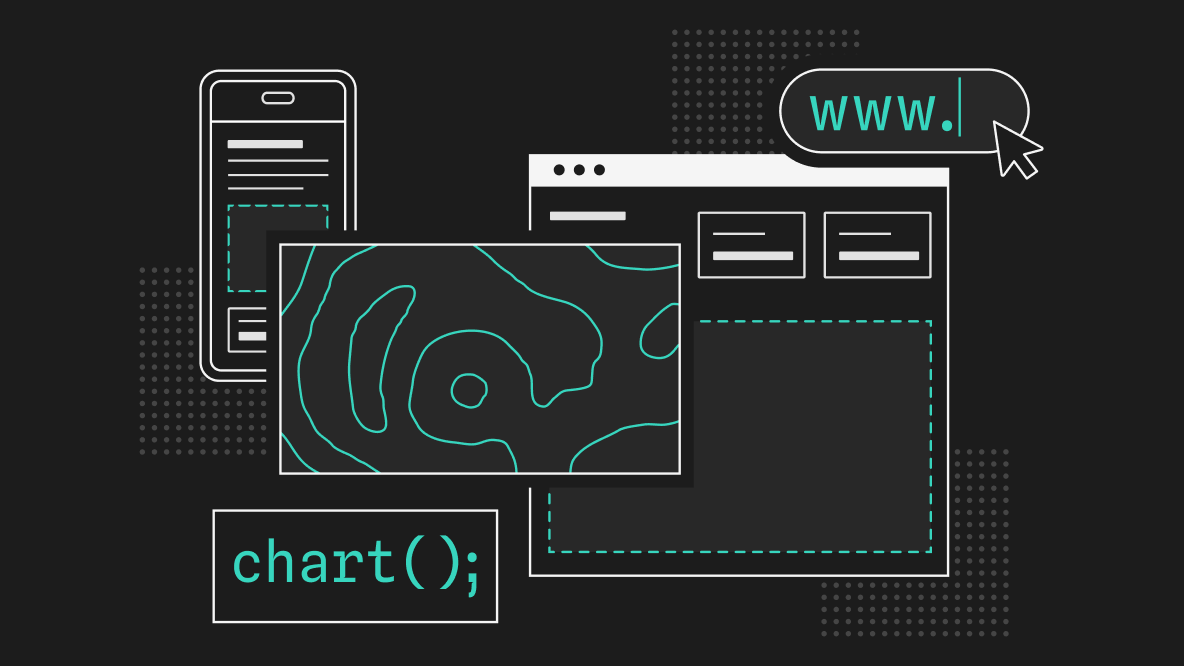
Which Power Plant Does My Electricity Come From?
In June of 2000, the power shut off across much of the San Francisco Bay area. There simply wasn’t enough electricity to meet demands, so more than a million customers were disconnected in California's largest load shed event since World War II. It was just one of the many rolling blackouts that hit the state in the early 2000s. Known as the Western Energy Crisis, the shortages resulted in blackouts, soaring electricity prices, and ultimately around 40 billion dollars in economic losses. But this time, the major cause of the issues had nothing to do with engineering. There were some outages and a lack of capacity from hydroelectric plants due to drought, but the primary cause of the disaster was economic. Power brokers (mainly Enron) were manipulating the newly de-regulated market for bulk electricity, forcing prices to skyrocket. Utilities were having to buy electricity at crazy prices, but there was a cap on how much they could charge their customers for the power. One utility, PG&E, lost so much money, it had to file for bankruptcy. And Southern California Edison almost met the same fate.
Most of us pay an electric bill every month. It’s usually full of cryptic line items that have no meaning to us. The grid is not only mechanically and electrically complicated; it’s financially complicated, too. We don’t really participate in all that complexity - we just pay our bill at the end of every month. But it does affect us in big ways, so I think it’s important at least to understand the basics, especially because, if you’re like me, it’s really interesting stuff. I’m an engineer, I’m not an economist or finance expert. But, at least in the US, if you really want to understand how the power grid works, you can’t just focus on the volts and watts. You have to look at the dollars too. I’m Grady, and this is Practical Engineering.




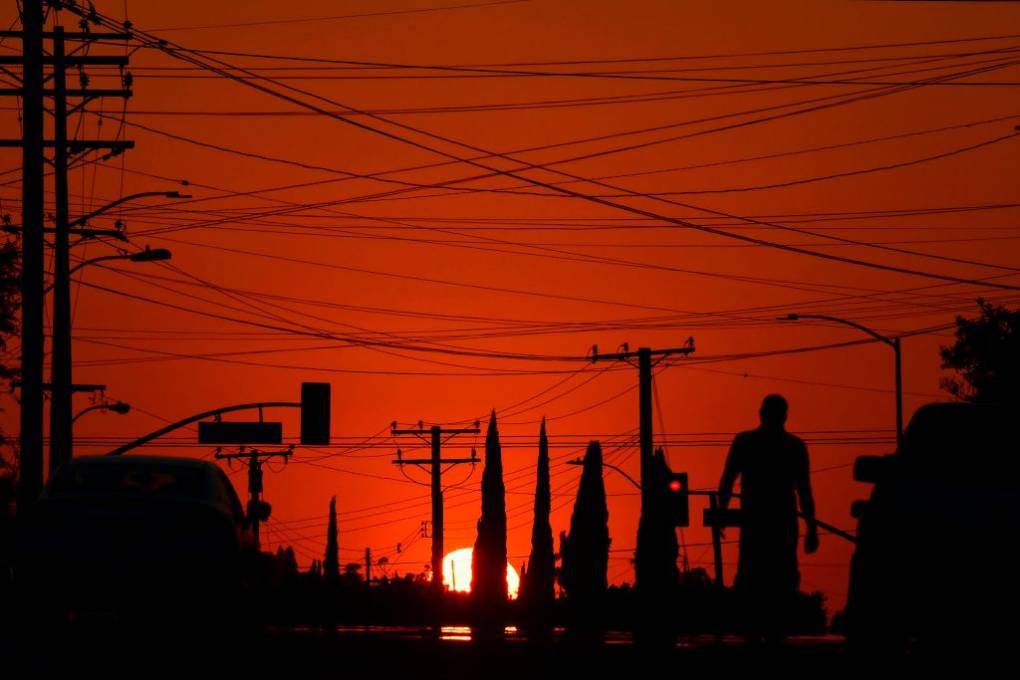

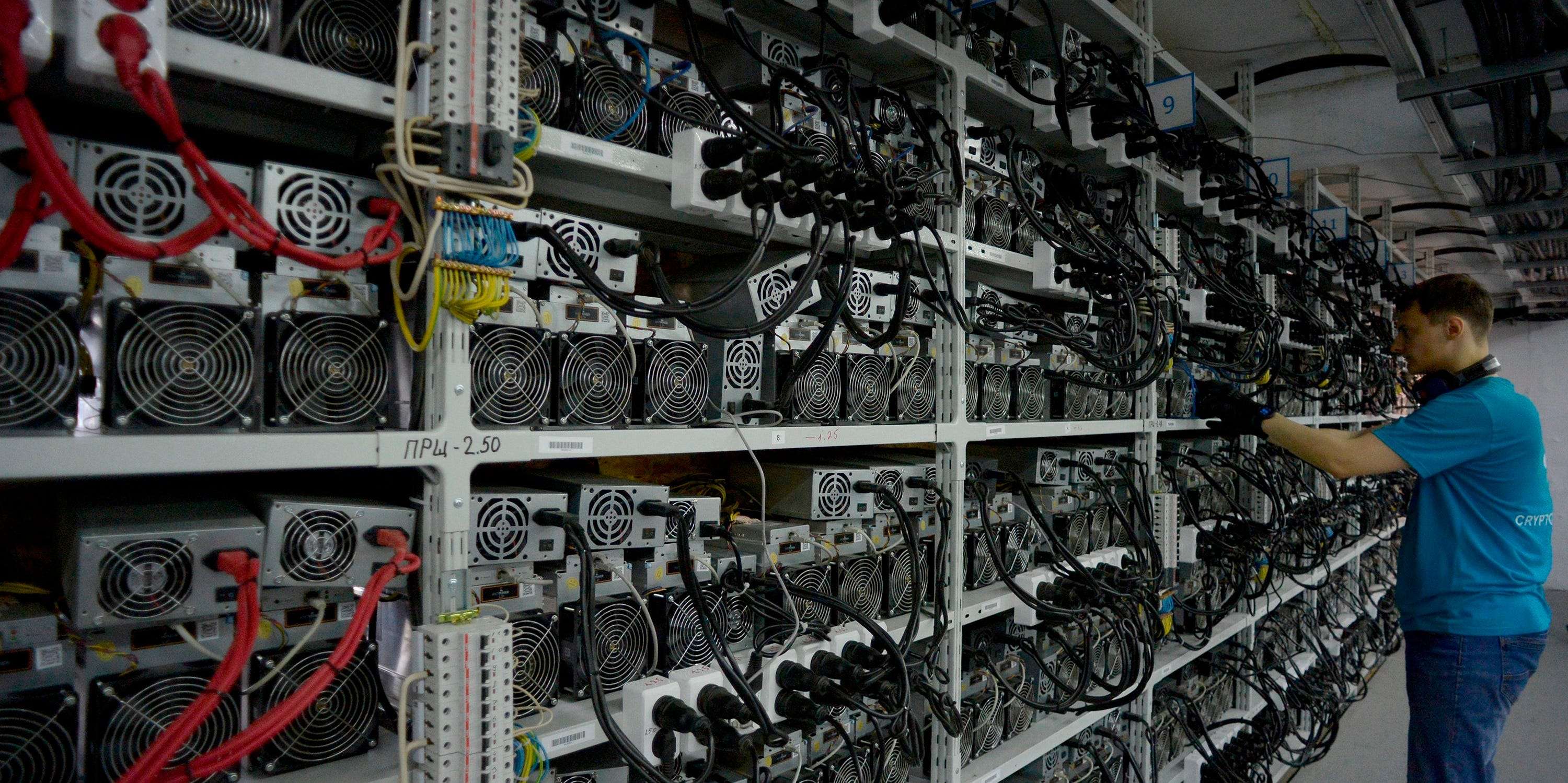
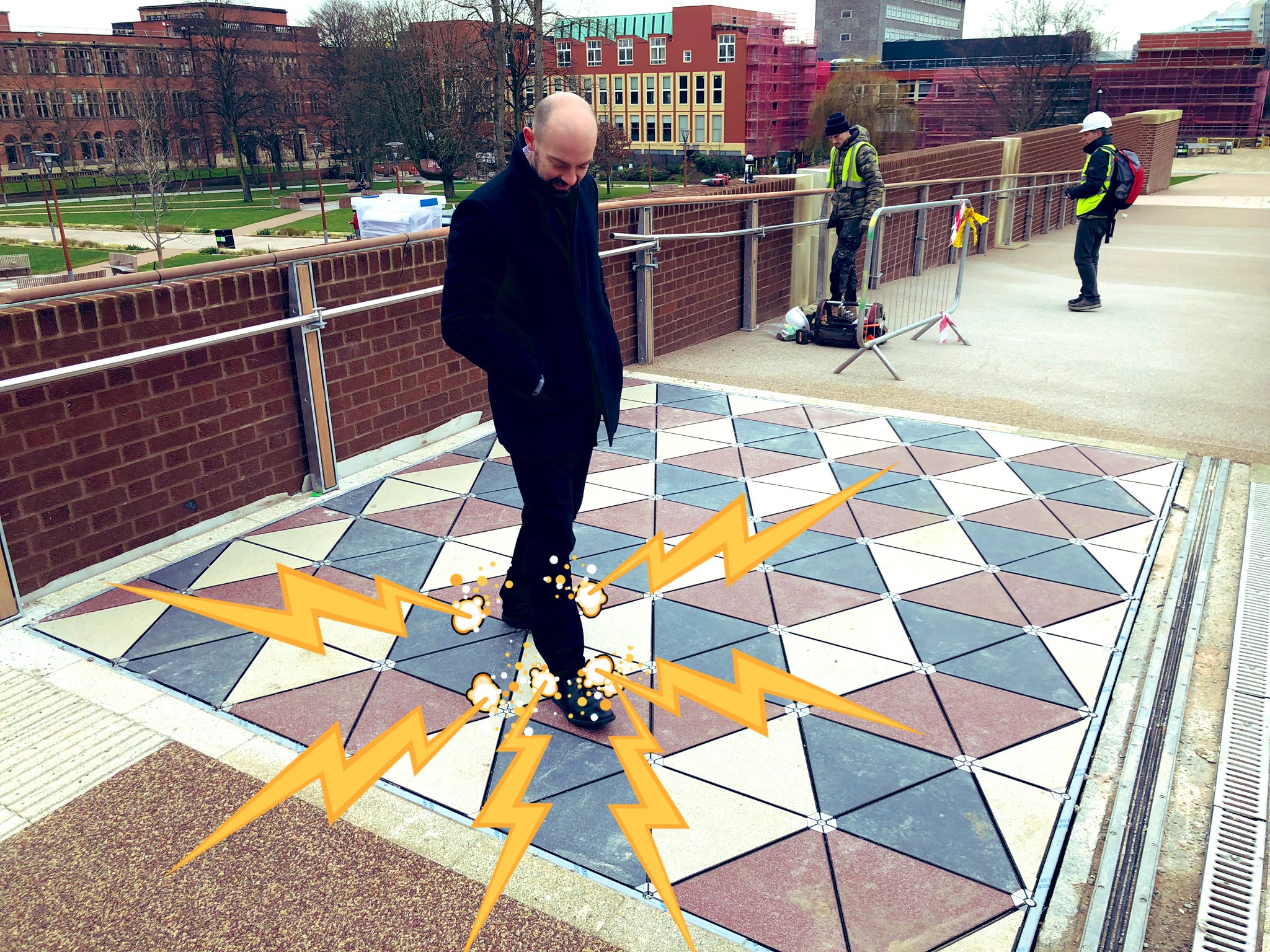






/cdn.vox-cdn.com/uploads/chorus_asset/file/25357666/STK259_MICROSOFT_COPILOT_2__A.png)
